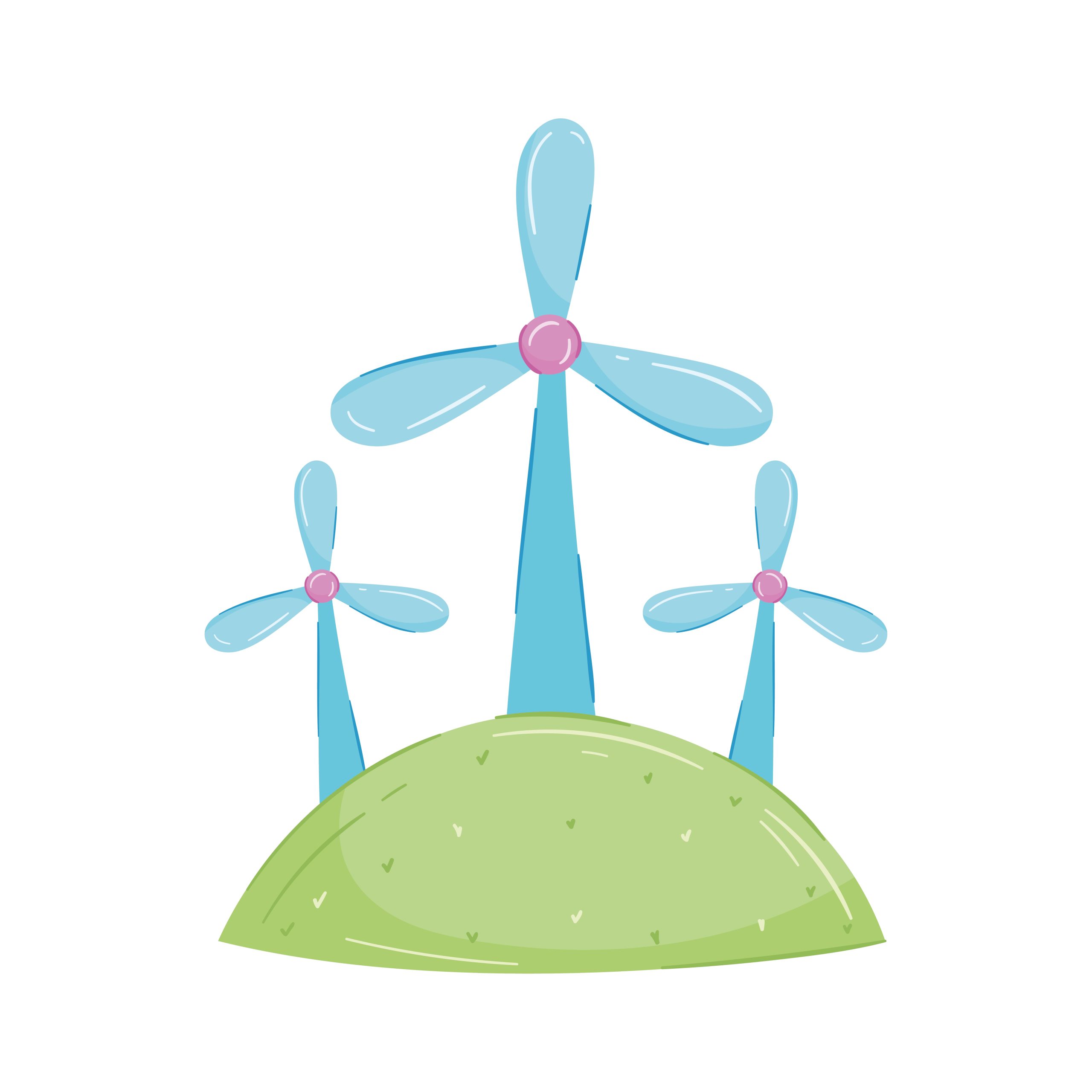Hello and welcome to our blog about renewable energy and how it is integrated by European governments and private businesses.
Europe has shown its willingness to move away from fossil fuels and other types of non-renewable energy and instead replace them with different types of green energy in the following few decades. Under the Renewable Energy Directive, the European Union has set a goal to reach 42.5% renewable energy by 2030, increasing the previous target of 32%.
We are very interested in the topic as we are European, and if you are as well, you might like to know the plans for integrating renewable energy in more industries and private residences.
We thought it might be a good idea to use our first blog post to tell you more about which countries currently lead the list on renewable energy integration. To do this, we will look at data gathered by the European Union and its subsidiaries.
European Countries and Renewable Energy Integration
To the surprise of no-one, the countries that lead the list of EU states which have most of their power sourced from renewable sources are the Nordic countries, namely Denmark, Sweden, Norway and Finland.
Based on data gathered in 2023, Norway takes the first spot as 75.8% of its power having been generated using renewable sources. Next comes Sweden with 66% renewable energy input, while Finland recorded 47.9% and Denmark – 41.6%.
The Baltic countries are also slowly reaching these values. Latvia’s energy in 2023 was 43.3% renewable, while Estonia’s was 38.5%, and Lithuania’s – 29.6%.
The countries in the European Union which have the lowest percentage of renewable energy input in their energy grid are Ireland (13.1%), the Netherlands (15%), and surprisingly, Belgium (13.8%). Surprisingly because Belgium is considered by many to be the centre of the European Union because its capital is home to the European Parliament.
The countries which are registering lower values of renewable energy input usually have a good reason for that.
First of all, it’s expensive to change the energy grid of a whole country and extremely time consuming. Businesses and private citizens might also be unwilling to make the switch. Last, but not least, not all countries have the capability to generate energy through renewable sources.
For instance, solar energy, especially when used to generate energy for bigger consumers like businesses, requires a lot of physical space. Europe is very densely populated and countries like Belgium simply do not have any space to spare. The same is true for wind power.
Hydropower, on the other hand, requires constant water flow with the power usually generated by massive rivers, which again, cannot be found in all European countries.
Conclusion
Overall, it would be challenging to meet the target set by the European Union for renewable energy use. Still, many countries defy the odds and Nordic countries have already registered impressive values.

